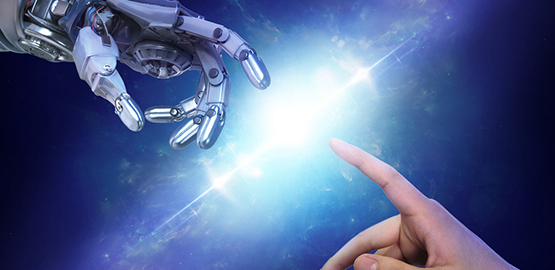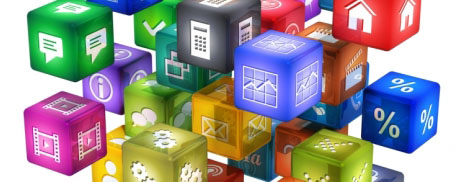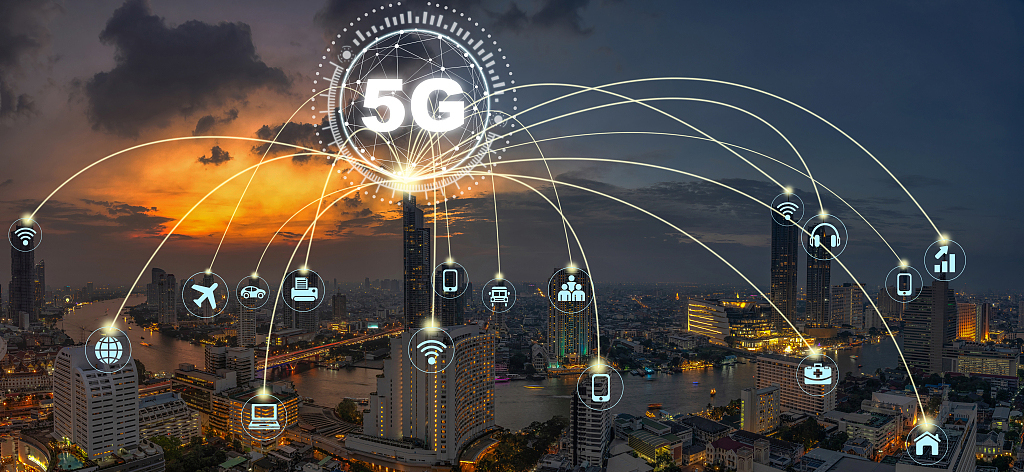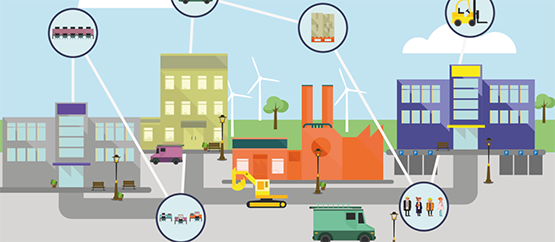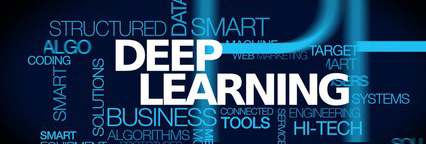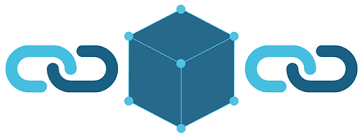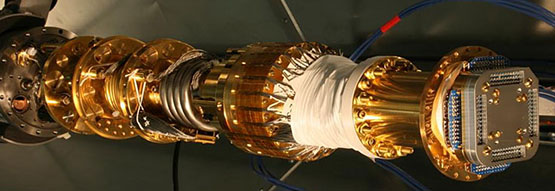The 4th Industrial Revolution (4IR)
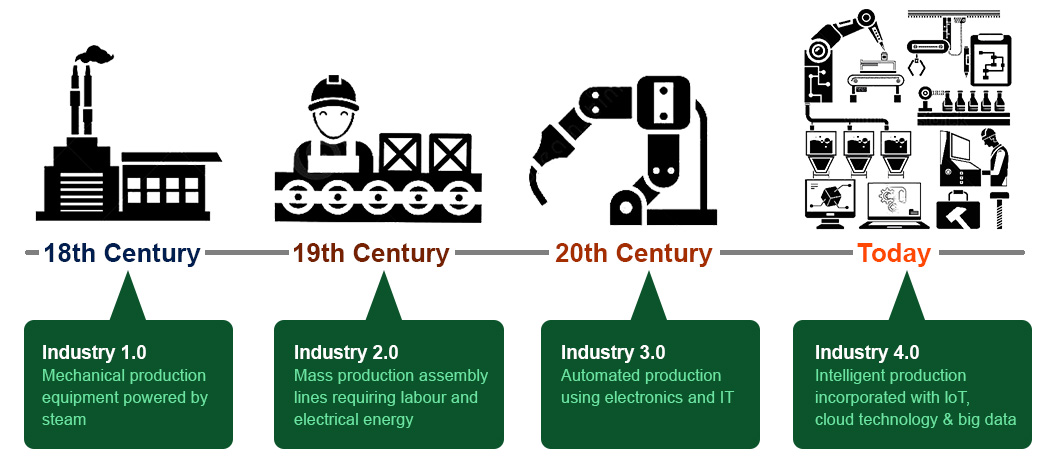
"The 4th is quite disruptive, as it will challenge
our ideas about what it means to be human"
The 4th industrial revolution (4IR) is the 4th major industrial era in the Western world since the initial Industrial Revolution of the 18th century. It is China's 4th as well, while their 1st was 2000 years ago, their 2nd was 1000 years ago, and their 3rd began in the early 1980's.
Industry 4.0 is a name for the current trend of automation and data exchange in manufacturing technologies, a fusion of technologies that is blurring the boundaries between the physical, digital, and biological worlds, throughout the value chain, collectively referred to as cyber-physical systems.
These quantum physics based systems will monitor physical processes, create a virtual copy of the physical world, and make decentralized decisions, by using components of the Internet of Things.
These Artificial Intelligence (AI) systems will communicate and cooperate with each other and with humans in real-time, both internally and across organizational services offered and used by the participants of the value chain.
The notion of the value chain is based on the idea of seeing a flexible manufacturing or service organization as a system, made up of mobile subsystems, wherever possible. Each with inputs, transformation processes, and outputs. All three aspects involve the acquisition and consumption of resources, such as currency, labor, materials, equipment, buildings, land, administration and management.
How these activities are carried out will determine the overall costs of assets and operations, and ultimately the profits.
Is AI smart or stupid or BOTH?
Automation across a whole range of industries is progressing inexorably. In 2016, the manufacturing industry saw 77 robot machines per 10,000 working people. In 2018, some places enjoy the assistance of 631 robots/10.000 human workers.

This Industry 4.0 is marked by emerging technology breakthroughs in a number of fields, including:
- fintech,
- robotics,
- blockchain,
- architecture,
- digitalization,
- deep learning,
- semiconductor,
- platformization,
- cryptocurrency,
- design thinking,
- smart contracts,
- nanotechnology,
- bigdata analysis,
- cloud computing,
- digital healthcare,
- agglomeration 2.0,
- quantum computing,
- cognitive computing,
- the Internet of Things,
- biological technologies,
- materials science & eng,
- artificial intelligence (AI),
- fully autonomous vehicles,
- sensor-network technologies,
- additive manufacturing/3D printing,
- the Industrial Internet of Things (IIoT),
- fifth-generation wireless technologies (5G).
In his 2016 book, The Fourth Industrial Revolution, Klaus Schwab describes how this 4th industrial revolution is fundamentally different from the previous 3, which were characterized mainly by advances in digital and other technologies. The underlying basis for 4IR lies in advances in communication and connectivity, representing new ways in which technology becomes embedded within societies and even the DNA groundstate of the human body.
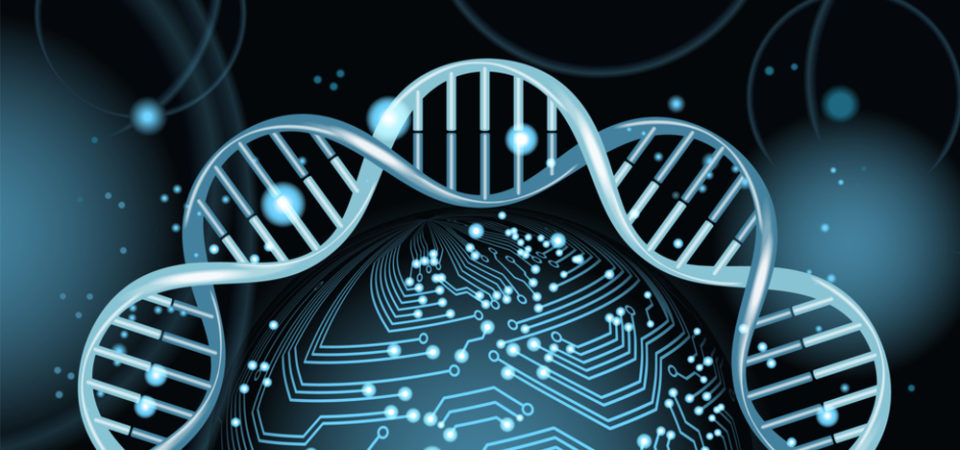
The breadth and depth of these changes are disrupting almost every industry in every country, but at the same time herald the massive transformation of entire systems of production, management, and governance in a non-linear way, at an unprecedented speed.
The previous industrial revolutions liberated humankind from animal power, made mass production possible and brought digital capabilities to billions of people.
This Industry 4.0 is impacting all disciplines, economies and industries, and even challenging our concepts about what it means to be a human being.
Reaction to Schwab's Reset Model:
.gif)
The resulting disruptions and shifts in consciousness mean that we live in a time of great promise and great peril:
Great Promise that:
- the world has the potential to connect billions more people to digital networks;
- it can raise income levels and so improve the quality of life for the world's population;
- it can dramatically improve the efficiency of organizations and intelligence of our tools;
- it can even manage assets in ways that can help regenerate the natural environment, better prepare for natural disasters, and potentially undo the damage to nature, caused by the 3 previous industrial revolutions;
- as long as we will use the connected devices to enhance supply chains and warehouses, and will appreciate the conveniences provided by these advances, then a better collaboration should be the end result.
Great Peril that:
- a shift of power will create significant security concerns;
- governments fail to adequately plan for, employ, and regulate these new technologies to capture their benefits, and ensure our security;
- it could create a job market that’s segregated into “low-skill/low-pay” and “high-skill/high-pay” segments, increasing social tensions and fragmentation;
- many politicians and other decision-makers who are often caught in traditional, linear (and non-disruptive) thinking or too absorbed by immediate concerns, cannot think strategically about the forces of disruption and innovation shaping their future;
- a global pandemic might force the changes so swiftly, that even those who are ahead of the curve in terms of their knowledge and preparation, might not be able to keep up with the ripple effects of these changes;
- smaller organizations might be unable to adapt, and perish, due to lack of foresight and resources;
- the use of the same very small biological frequency band window by microwaves, mobile devices, 5G, AI, WiFi devices, and the communication between our cells via its DNA, is causing lasting disruptions in the basic functioning of our brains, and creating a virtual prison.
- the problem of AI stupidity is not fully grasped, because:
- the inherent weaknesses of computer-based systems, designed according to the principles of Artificial Intelligence as presently understood, make them stupid in a sense somewhat analogous to stupidity in human beings. The stupidity of AI systems is a root cause for most of the well-known problems and risks connected with their use in real-life situations;
- the stupidity of AI pioneers and most of their successors – despite great intellectual brilliance – in embracing the notion that human cognition is ultimately based on processes of an algorithmic type. Likewise, the stupidity of adopting digital computing devices as a chief paradigm for understanding the human mind and the brain as a biological organ. These gratuitous assumptions, having no scientific basis, energized some of the early work on AI systems, but then greatly hampered its further development. As a result, not only AI per se, but a large part of what is nowadays called “cognitive science” became trapped in the tiny, flat world of combinatorics and formal mathematical models;
- of stupidity induced in human beings by their interactions with AI systems and by the impact of the so-called “cognitive revolution” and its philosophical precursors on language, education, science and culture in general;
- it is NOT that AI systems will become more intelligent than humans, but rather, people may become so stupid that they can no longer recognize the difference, and completely ignore intuition and insight.
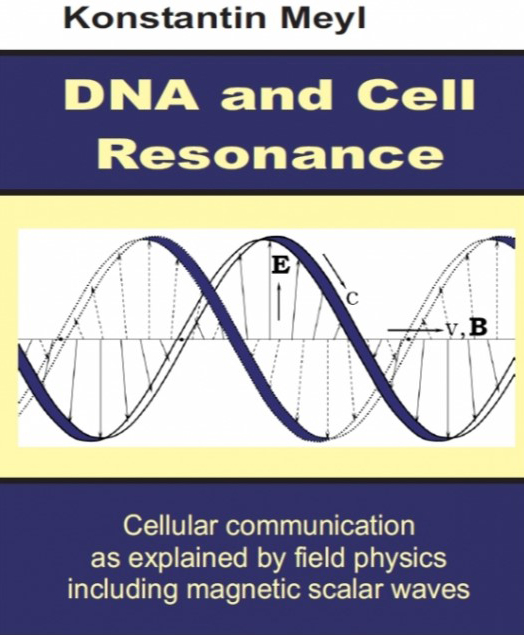
The Age of Accelerations ?
No single force on earth is accelerating Industry 4.0, but the unstoppable demand for technological growth is obvious in every industry. Are your clients and partners demanding higher output, but still insist on lower costs every year?
4IR provides a way to both satisfy these demands and expand the market view of your business into new services and strategies. 4IR also gives smaller businesses, who can’t even hope to compete in an industry price war, a chance to level the field with productivity monitoring and minimal downtime:
1. INFORMATION IS THE POWER OF 4IR
The ways you can interpret the newfound data given to you by your connected machines are literally infinite. It offers limitless ways to improve your production processes and gain a competitive edge even on your biggest competitors. Thus, turn your facility into an innovative Industry 4.0!
2. SEE YOUR COMPANY AS A CENTER FOR INNOVATION
Once you get familiar with your massive new data resources, synergy and collaboration among machines, workers and management will drive innovation.
3. CREATE AN INFORMATION ECOSYSTEM
Become experts in process evaluation and data manipulation. Watch as digital technology begins to permeate and improve all sectors of your business.
4. SCALE IN SURPRISING WAYS
Watch as areas of your business you were previously unable to influence become an area for growth. Suddenly, you’ll see your business scaling in unexpected ways.
5. MAKE PROCESS TESTING EASIER
Use Big Data, productivity issues, and machine downtime to reduce errors, when introducing new procedures. Then it will be easier to try new things in your Industry 4.0 enterprise!

3D Print Farm (500)

Globalization 4.0.
Klaus Schwab, the founder of the World Economic Forum: "Globalism is an ideology that prioritizes the neoliberal global order over national interests. Globalization is a phenomenon driven by technology and the movement of ideas, people, and goods." It needs rules to harness its benefits and mitigate its excesses, but its advance is relentless.
The rapid pace of technological developments played a key role in previous industrial revolutions. Industry 4.0 with its fusion of technologies is expected to grow exponentially in terms of technical change and socio-economic impact.
Therefore, coping with such transformation requires not just technological solutions, but a holistic approach that encompasses innovative and sustainable system solutions. Organizations will have little margin for error if they want to avoid the fate of the dinosaurs, 64MM years ago: extinction!
Because of that, experts expect that within 10 years, over 40% of the current Fortune 500 companies will be extinct. The average life span of a S&P listed company is now down to 15 years, because of the ever faster pace of disruption by exponentiating technologies. Resisting them causes stress. Embracing them, creates opportunities.

The Benefits of Web 3.0 for Agglomerated SME's
SME's owners will need disruptive mindsets, relevant business models and an agile management culture to remain among those that make it and grow stronger in this transition.
The technological foundation for Industry 4.0 is the combination of the Internet of Things (IoT) and the Internet of Services (IoS). With the adoption of IoT, the physical world is digitally connected through smart sensors and controllers.
However, IoS is the means by which software is provided as a set of services that connects information, processing, and workflows across the industry.
We propose a framework that can facilitate the interaction between technological and social innovation, which will regularly produce new, proactive, and sustainable strategies.
These strategies can leverage economic rewards, enrich your people and society at large, and protect the environment. The new forthcoming opportunities that will be generated through the next industrial tsunami are gigantic at all levels.
However, the readiness of smaller businesses for such a revolutionary conversion requires coupling its forces of technological and social innovation under a sustainability management umbrella, called Agglomeration 4.0.
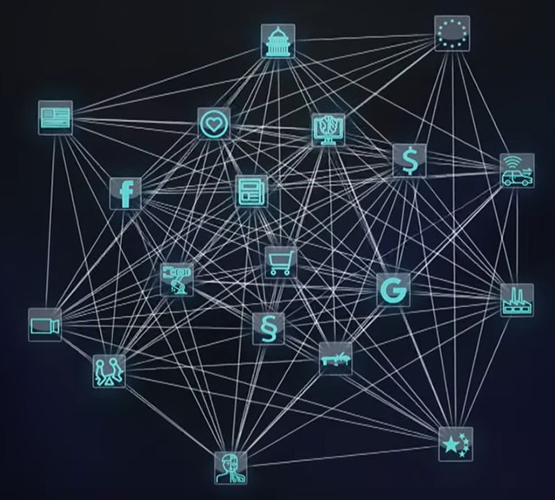
AI-connecting the world
We have summarized the sectors we will focus on when talking to Potential Business Partners. See the blocks below:
